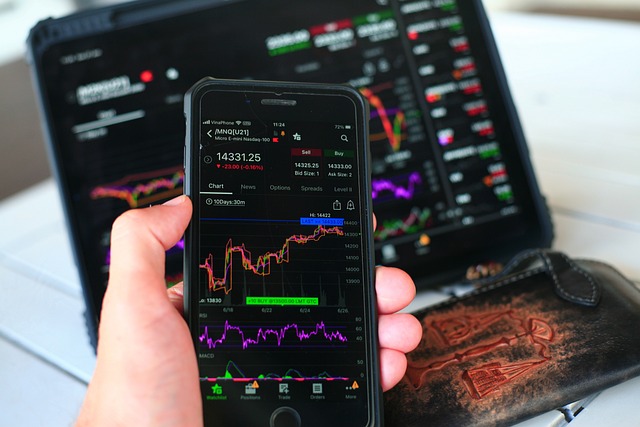A Beginner’s Guide to Reading Company Balance Sheets: Where to Start?
Once you start taking investing seriously, you realize that stock prices don’t just move because of the news — they move because of real numbers too.
And the clearest place to find those numbers is the balance sheet.
But let’s be honest:
The first time you open a company’s balance sheet, it can feel like you’ve walked into a foreign language class.
Strange terms, endless numbers, heavy headings…
Where do you even begin?
Don’t worry.
In this guide, I’ll show you exactly how to read a balance sheet for the first time — in plain English.
No jargon. No confusion.
First, What Is a Balance Sheet, Really?
A balance sheet shows a company’s financial snapshot at a specific point in time.
It answers three simple questions:
- What does the company own? (Assets)
- What does the company owe? (Liabilities)
- What’s left for the owners? (Equity)
That’s it.
Think of it like a personal finance statement — but for a business.
The Three Main Parts of a Balance Sheet
1. Assets
Everything the company owns:
- Cash
- Accounts Receivable (money customers owe)
- Inventory (products, materials)
- Investments
- Property and Equipment
2. Liabilities
Everything the company owes:
- Short-Term Debt (due within 12 months)
- Long-Term Debt
- Taxes Payable
- Lease Obligations
3. Equity
Whatever is left after liabilities are subtracted from assets.
This belongs to the shareholders.
Where to Start? 5 Simple Steps
1. Check the Cash
Look at the “Cash and Cash Equivalents” line.
Does the company have real money on hand?
No matter how great the story sounds, no cash = big trouble.
2. Review the Debt Levels
How much short-term and long-term debt does the company have?
Especially compare short-term debt against cash.
Can they cover their immediate obligations?
3. See If Equity Is Growing
If equity (shareholders’ value) is growing over time, that’s a positive sign.
If it’s shrinking year after year — red flag!
4. Watch Out for Bloated Receivables or Inventory
If accounts receivable or inventory are growing much faster than sales, it could mean the company isn’t collecting money effectively.
This is something you want to investigate.
5. Always Compare
A single balance sheet means little by itself.
Compare it to past years.
Compare it to competitors.
One bad quarter isn’t the end of the world — look for trends.
Quick Heads-Up: The Balance Sheet Isn’t the Whole Story
While the balance sheet is a powerful tool, it doesn’t tell you everything.
You also need to look at the income statement and cash flow statement for a full picture.
But starting with the balance sheet is like learning to crawl before you run.
It’s the foundation of financial literacy.
Final Thought: Balance Sheets Get Easier with Practice
At first, balance sheets seem dull or overwhelming.
But every one you read sharpens your eye.
You start seeing the real story behind the numbers — not just hype and headlines.
And remember:
Being a good investor isn’t about staring at screens all day — it’s about asking the right questions.
First question:
“Is this company financially solid?”
The balance sheet has the answer.
You just have to be curious enough to ask.


